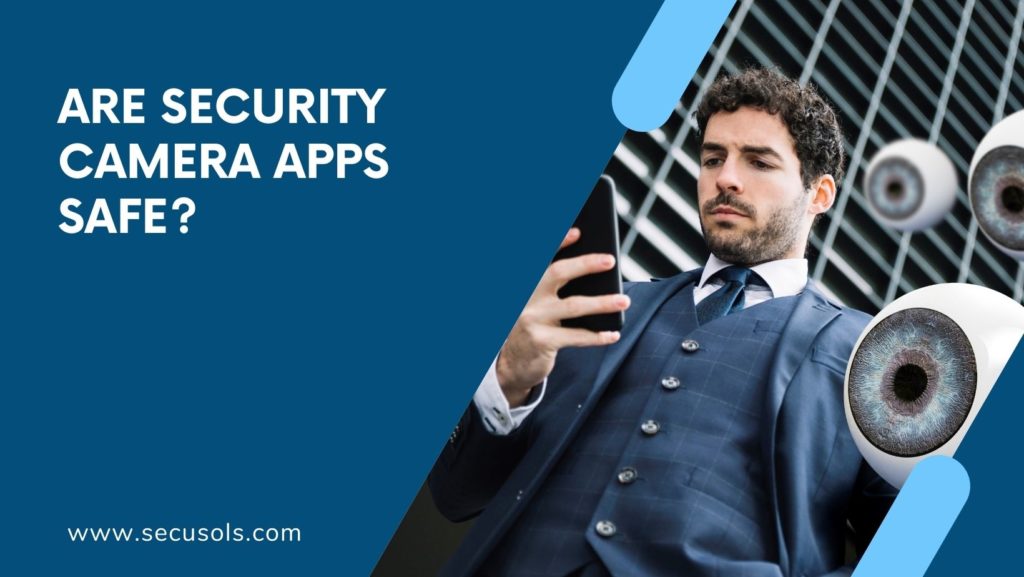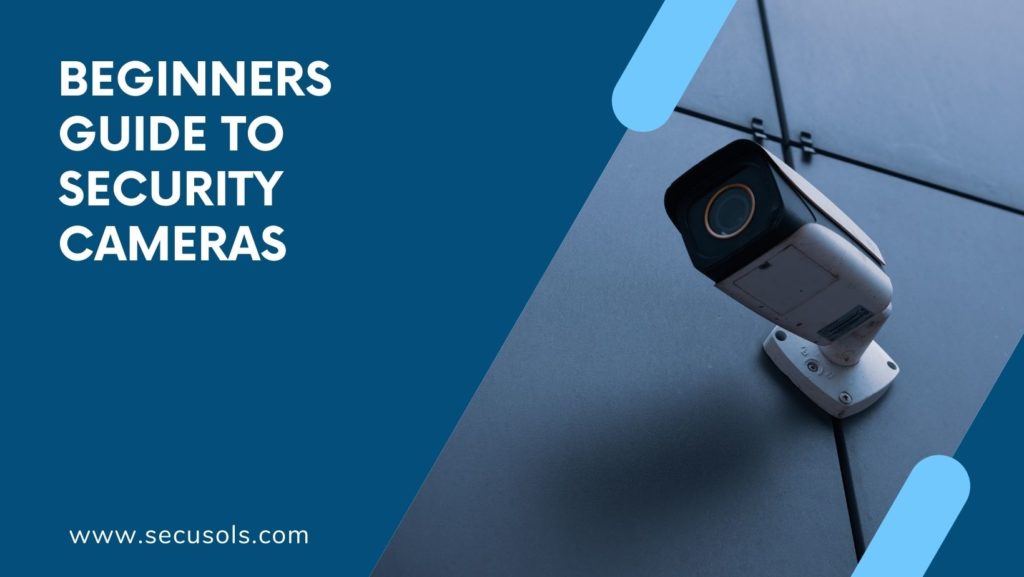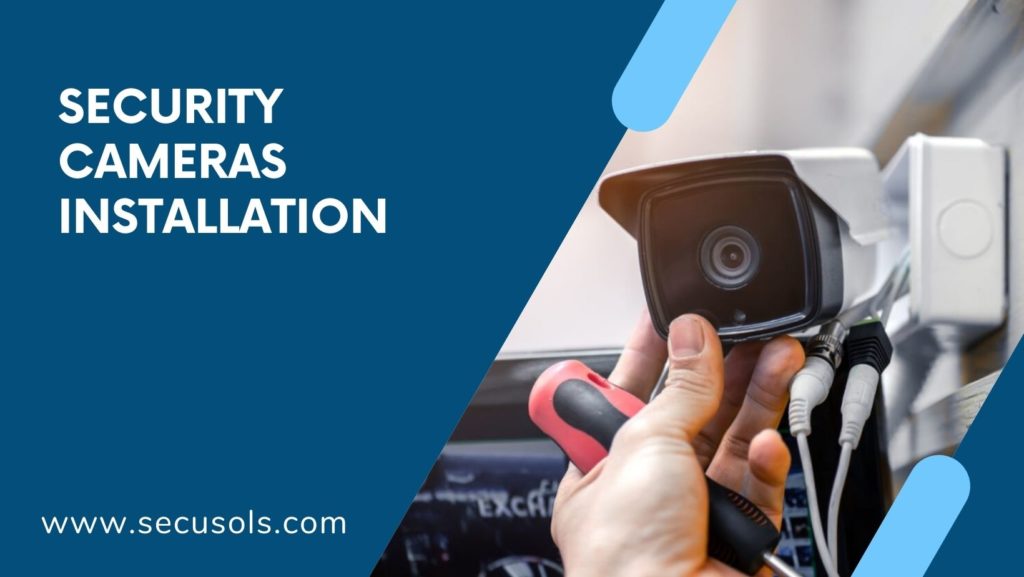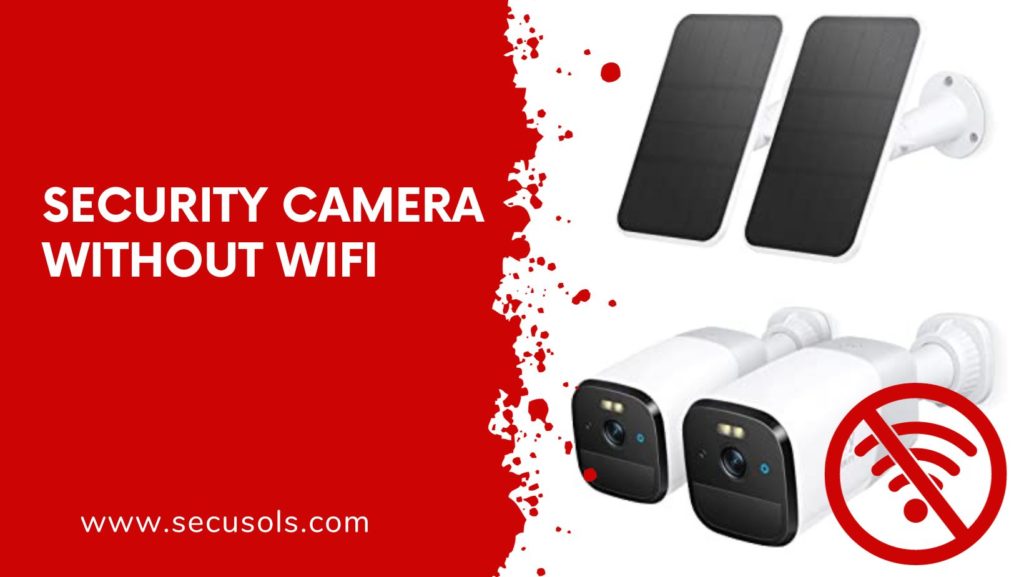Table of Contents
ToggleIn today’s digital age, the use of security camera apps has become increasingly widespread, as people seek to enhance the safety and security of their homes and businesses. However, with this convenience comes the pressing concern of ‘Are Security Camera Apps Safe?’ In this blog, we’ll delve into the world of security camera apps, examining their proliferation, the importance of security and privacy, and the overall scope of this article.
Understanding Security Camera Apps
Security camera apps, in essence, are software applications designed to turn your smartphone or other devices into surveillance cameras. These apps come in various types, catering to diverse user needs. Let’s take a closer look at what they entail.
Definition and Types of Security Camera Apps
- Baby Monitoring Apps: These apps are tailored for parents and caregivers to keep an eye on their infants or children.
- Home Security Apps: Aimed at safeguarding your home, these apps offer features like remote monitoring and notifications for suspicious activities.
- Pet Cameras: Ideal for pet owners, these apps allow you to check on your furry friends while you’re away from home.
- Business and Office Surveillance: For business owners, these apps provide a cost-effective solution for monitoring workplaces, employees, and customer interactions.
Popular Applications and Their Functionalities
- Ring: Known for its doorbell cameras, Ring offers real-time video streaming, motion detection, and two-way communication.
- Nest Cam: Nest Cam provides high-definition video quality, intelligent alerts, and integration with other smart home devices.
- Arlo: Arlo’s security camera app boasts features like wire-free design, weather resistance, and cloud storage options.
- Wyze Cam: With budget-friendly pricing, Wyze Cam offers motion detection, night vision, and easy setup.
- iCamViewer: This app allows users to connect to their existing security camera systems, providing remote access to their surveillance footage.
Advantages of Using Security Camera Apps
- Cost-Effective: Security camera apps often eliminate the need for expensive dedicated surveillance systems.
- Convenience: Users can access live footage and receive alerts on their smartphones from anywhere, enhancing convenience and peace of mind.
- Integration: Many security camera apps can integrate with other smart home devices, offering a holistic security solution.
- User-Friendly: Most apps are designed with user-friendliness in mind, making setup and usage accessible to the average person.
Security Risks Associated with Security Camera Apps
While security camera apps offer numerous benefits, they are not without risks. It’s essential to be aware of potential vulnerabilities and security concerns:
A. Data Privacy Concerns
- Unauthorized Access to Footage: Inadequate security measures may lead to unauthorized access to your surveillance footage, compromising your privacy.
- Data Breaches and Leaks: If the app’s servers are not adequately protected, they may be vulnerable to data breaches, resulting in the exposure of your sensitive footage.
B. Hacking and Cyber Threats
- Vulnerabilities in App Infrastructure: Weaknesses in the app’s infrastructure can make it susceptible to hacking attempts, potentially granting malicious actors access to your cameras.
- Malware and Phishing Attacks: Users may be at risk of malware or phishing attacks, especially if they click on malicious links or download suspicious files related to the app.
C. Legal and Ethical Issues
- Invasion of Privacy: Improper use of security camera apps can infringe on others’ privacy, leading to ethical dilemmas and potential legal repercussions.
- Compliance with Laws and Regulations: Users must be aware of and comply with local and national laws regarding surveillance and data privacy, as non-compliance may lead to legal consequences.
Security camera apps offer valuable tools for enhancing security and convenience in various aspects of life. However, users must be mindful of the potential security risks and privacy concerns associated with their usage. Stay tuned, we’ll explore best practices for securing your security camera apps and protecting your privacy.
Factors Contributing to Security Camera App Vulnerabilities
A. Poor App Design and Development
- Lack of Encryption: One of the primary vulnerabilities in security camera apps is the absence of encryption. Without encryption, sensitive data, including video streams and personal information, can be intercepted and exploited by malicious actors.
- Weak Authentication Mechanisms: Security camera apps often rely on usernames and passwords for authentication. Weak or easily guessable passwords can provide attackers with a straightforward entry point into your surveillance system.
B. User Behavior
- Neglecting Security Settings: Users who neglect to configure security settings properly expose themselves to potential breaches. Failure to set up secure access controls or overlooking firmware updates can leave their systems vulnerable.
- Using Default Credentials: Some users make the mistake of retaining default usernames and passwords, which are often readily available online. Attackers can exploit this oversight to gain unauthorized access.
C. Internet of Things (IoT) Vulnerabilities
- Inadequate Device Security: Many security cameras are part of the Internet of Things (IoT), and IoT devices are notorious for their security shortcomings. Manufacturers may not prioritize robust security measures, making these devices easy targets for hackers.
- Unsecured Networks: Insecure Wi-Fi networks or routers can compromise the security of your security camera app. If the network is not adequately protected, unauthorized access to cameras becomes a real threat.
Case Studies
A. Notable Security Breaches Related to Security Camera Apps
- The Insecam Incident (2014): Insecam was a website that streamed unsecured security camera feeds from around the world. This incident exposed the importance of proper device security, as thousands of users unknowingly had their private footage broadcast to the public.
- Ring’s Privacy Controversy (2019): Ring, a popular doorbell camera app, faced scrutiny for privacy concerns. Unauthorized access to camera feeds and instances of compromised accounts highlighted the need for stronger authentication mechanisms.
B. Real-World Examples of Privacy Violations
- Babysitter Nanny Cam Hack (2018): A family’s baby monitor, connected to a security camera app, was hacked by a malicious actor who used it to harass the babysitter. This incident emphasized the necessity of securing baby monitoring apps.
- Home Invasion via Security Cameras (2020): Cybercriminals infiltrated a couple’s home security system, gaining access to their cameras. The perpetrators used this access to taunt the homeowners, underlining the importance of encryption and secure authentication.
C. Lessons Learned from These Cases
The case studies mentioned above provide valuable lessons:
- Strong encryption and authentication mechanisms are crucial for safeguarding security camera apps.
- Users must actively engage in securing their devices and networks.
- Regularly updating app firmware and changing default credentials are essential practices.
- Manufacturers should prioritize security in IoT devices to prevent breaches.
- Public awareness regarding security camera app risks is vital for preventing privacy violations.
Security Best Practices for Using Security Camera Apps
A. Strong Password and Authentication
- Complex Passwords: Always use strong, unique passwords for your security camera app accounts. Incorporate a combination of letters, numbers, and special characters to make it harder for attackers to guess.
- Two-Factor Authentication (2FA): Enable 2FA whenever possible. This adds an extra layer of security by requiring a secondary verification method, such as a text message or authentication app.
B. Regular Software Updates
Frequently update your security camera app and the devices it connects to. These updates often include crucial security patches that protect against known vulnerabilities.
C. Enabling Encryption and Two-Factor Authentication
- Data Encryption: Ensure that your camera feeds and data transmissions are encrypted. Look for apps and devices that use secure protocols like HTTPS.
- Two-Factor Authentication (2FA): As mentioned earlier, enable 2FA to prevent unauthorized access even if your password is compromised.
D. Securing the Network and Devices
- Router Security: Secure your home or business Wi-Fi network with a strong, unique password and WPA3 encryption. Regularly update your router’s firmware.
- Device Security: Ensure that the devices you use for security camera apps are also secure. Use strong, unique passwords and regularly update firmware on cameras and related devices.
E. Privacy Settings and Consent
- Privacy Settings: Review and configure privacy settings within the app. Limit access to the minimum necessary and avoid sharing publicly.
- Consent and Notification: If you are monitoring public spaces or areas with multiple people, it’s essential to inform them about the presence of cameras and obtain their consent where necessary, respecting privacy laws.
F. Monitoring App Permissions
Pay attention to the permissions requested by the security camera app. Only grant access to the features and data necessary for its functionality. Avoid apps that request excessive permissions.
Choosing a Secure Security Camera App
A. Research and Due Diligence
Before selecting a security camera app, thoroughly research and assess its security features, track record, and user feedback. Look for apps from reputable companies with a history of strong security practices.
B. Reading User Reviews and Ratings
User reviews and ratings on app stores can provide insights into the user experience and security of the app. Look for apps with high ratings and positive reviews from trusted sources.
C. Assessing App Developer Reputation
Check the reputation of the app developer. Established and reputable companies are more likely to prioritize security and provide ongoing support and updates.
D. Considering Open-Source Options
Open-source security camera apps often have a strong community of developers and users who continuously work on improving security. Consider open-source options if they align with your needs.
Regulatory Framework and Legal Protections
A. Laws Governing Security Camera Usage
Understanding the legal framework is crucial:
- Federal and State Laws: Various federal and state laws in the United States govern security camera usage. Familiarize yourself with the specific regulations applicable to your area.
- Privacy Laws: Privacy laws play a significant role. Ensure your camera usage complies with these laws, which often dictate where cameras can be placed and what can be recorded.
B. Your Rights as a User
As a user, you have specific rights:
- Privacy Rights: Understand your right to privacy and the protection of your personal data. Ensure that your security camera app and devices respect these rights.
- Access to Footage: Familiarize yourself with your rights regarding access to surveillance footage, especially in public places.
C. Reporting Security Breaches and Violations
Know what to do in case of security breaches or violations:
- Data Breach Reporting: If your security camera app experiences a data breach, follow legal requirements for reporting it promptly to the appropriate authorities.
- Violations: Report any violations of your privacy rights or security breaches to law enforcement agencies and the app developer, as necessary.
Conclusion
Security camera apps can be safe and effective tools when used responsibly and with awareness. Understand the regulations, your rights, and the future trends to make informed decisions.
By staying informed, practicing good security habits, and advocating for privacy rights, you can contribute to the responsible and safe use of security camera apps. The future is promising, but it depends on users like you to make it secure.





